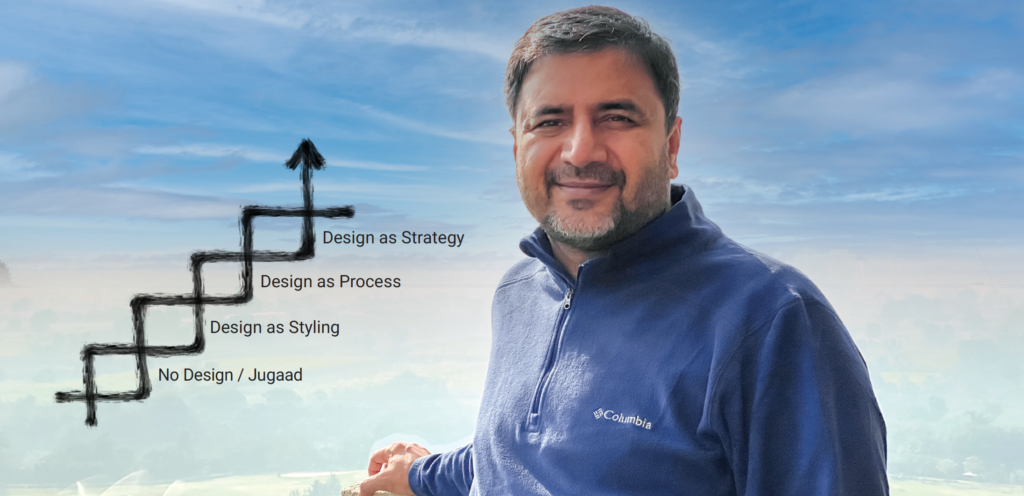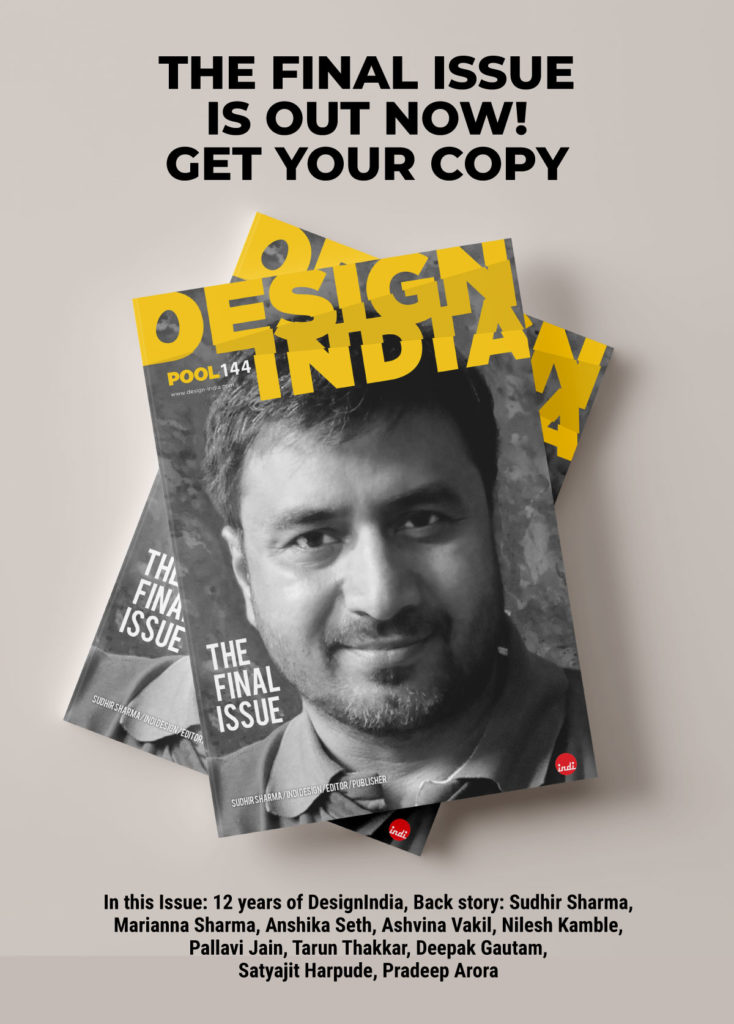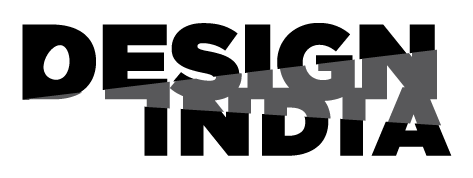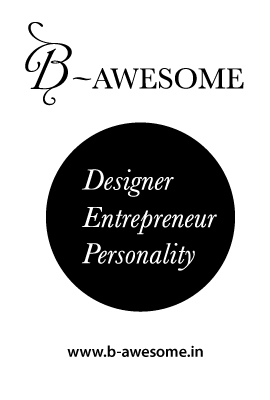I have been using this tool from the Danish Design Center to inform my clients of what I do. I have also found it very useful to explain to young designers their future progression as professionals. Though these are seen as four distinct steps, I see them as four different roles that we land up playing in projects – ranging from playing one of them in one project to all of them at other times in the same project. I think playing together, they complete a project in totality.
No-design
This usually means not using a trained designer; you see this all around, from hand-painted boards to fairly complex jugaad vehicles on the road. This usually happens due to ignorance about design, sometimes resulting from the lack of resources to spend on design, but more often it is because of an attitude that says you don’t need a designer for this job. It also happens because of the increasingly common belief that everyone is a designer. This is the most complicated step for designers to break into.
Design as Style or Craft
When a designer gives form to a product or makes something good looking, appealing to the senses. Designers use the skills and understanding of art, color, and form to make things beautiful. Going ahead, this is a given requirement for every output. This is also usually the first place for designers to start working.
Design as a Process Service
When design is not the result but a process to make something work better. This may also require the use of many other skills, talents, and resources. Design definitely becomes a team activity and sets standards of delivery. More and more digital and interaction design projects employ design as a process.
Design as Strategy
This is where a designer lands up contributing to the vision and mission of a project. The contribution here is in terms of basic requirements and relevance to the owners and top management of the company. The contribution is towards the company’s business visions and desired business areas, and future role in the value chain.
This ladder is useful in understanding the level of the design professional or a design company as well as the maturity of a company that uses design. It is well proven that companies that use design make higher profits.
Sudhir Sharma, Editor-in-Chief
Subscribe to Designindia Magazine to get your print copy. Read digital version of Designindia 125 on Magzter, AppStore or Google Play!

















